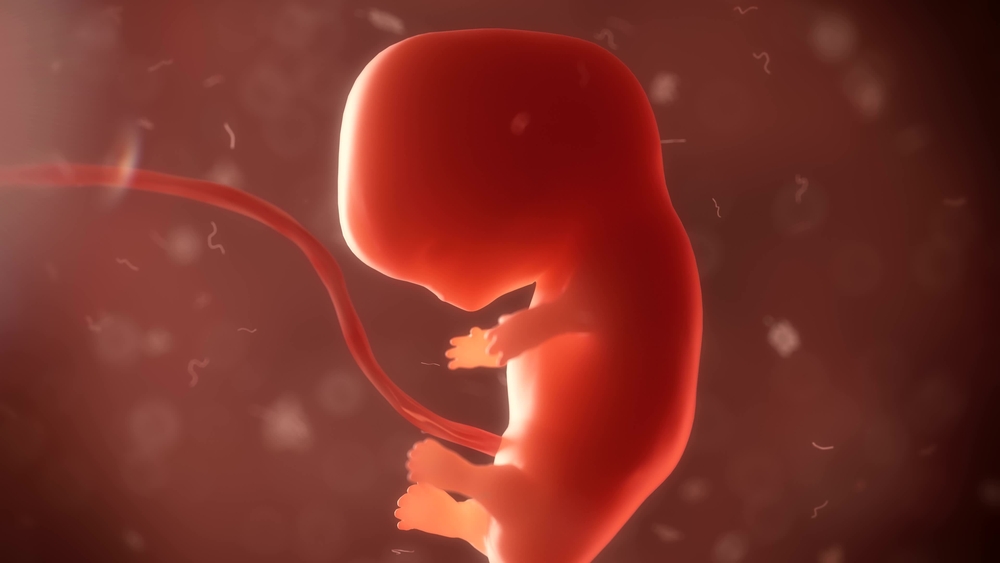Laparoscopy and Hysteroscopy
Laparoscopy and Hysteroscopy With the advancement of technology and with discoveries of pioneering magnitude, it is now possible to glance at the innards of human abdomens and even perform various surgeries on it without visible incisions and technical cuts.
With these innovations paving the way for advancements, surgeries that are deemed traditional will now be performed by us with techniques that will be least invasive. Under the field of gynecology, the two main types of surgery are: Laparoscopy and Hysteroscopy.
Laparoscopy
Laparoscopy constitutes as the procedure that looks inside the abdomen and the pelvis with the help of laparoscope. Laparoscope efficiently enables images of ovaries, outside of the tubes and other organs inside the abdomen. The laparoscope is a special telescope which is attached with a camera topped with a light source. The length of the laparoscope is 12cm long and the thickness of the tool is exact to that of a normal pen.
Laparoscopy is commonly used to:
- Find the cause of symptoms such as abdominal pain, pelvic pain
- As part of investigation of infertility.
Not only can a doctor take a glance inside the abdomen with the help of laparoscope, he/she can efficiently perform a surgery inside the abdomen also. The laparoscopic surgery is also known as ‘Key-hole Surgery’ or ‘Minimal Invasive Surgery’ and the surgery is also performed to treat cysts, Genes may determine how you taste alcohol.
When compared with traditional surgery, laparoscopic surgery usually renders the patient with:
- Less pain following the procedure.
- A shorter duration at the hospital.
- A faster recovery.
- A smaller scar.
Hysteroscopy
Hysteroscopy involves the delicate procedure of putting in a telescope to view the inside of the womb.
Prior to Surgery
Prior to the surgery, the patient will be required to fast for six hours availed with only the consumption of water. Instructions will be given to the patient pertaining to the initiation of the fasting procedure and the time that they should come to the hospital.
Bowel Preparation
If required, the Surgeon will instruct the patient about bowel preparation beforehand. This will entail drinking a purgative the evening before surgery and taking light (eg soup) diet the night before surgery. In most common cases, the patient will have diarrhea. Though unpleasant, this arduous procedure will ensure that the patient doesn’t suffer any bowel injuries during the procession of the surgery.
In the Operating Theatre
The nurse anesthetist or anesthesiologist will place four adhesive tabs on your chest to monitor your heart rate. To keep intact the patient’s need for fluid and medications, an intravenous drip will be properly set up. The anesthetist will provide the patient with a mask to breathe into and will also provide the patient with some medications that will render them to sleep. The surgeons will make a small about 1-1.5 cm cut inside the patient’s navel and through this the laparoscope will be introduced. Carbon dioxide gas (CO2) will be put into the abdomen through a special instrument inserted into the navel. This gas will help to distend the abdomen, making it easier for the surgeon to see the internal organs during laparoscopy. The gas will be removed at the end of the procedure. Two or three small ½ cm cuts will be made on the lower abdomen to put in the other instruments to be able to perform the surgery. At the conclusion of the surgery, these will be appropriately repaired with the assistance of dissolvable materials.
After Surgery
After the surgery has been done, the patient will be put to rest in the recovery room. The patient will be then be transferred to the ward from the Recovery Room once the clock signals an hour after procedure. The patient will be having an intravenous drip running after the operation till they are able to tolerate feeds. If needed, injectibles material will be issued for pain or nausea. If the patient feels uncomfortable and acute pain is suffered by the patient, the nurses will provide medication to ease the patient. At first the patient may experience a sore throat. This is caused by irritation from a tube placed through the patient’s throat into the windpipe (trachea) during anesthesia. It usually lasts for just a few days and can sometimes be helped by throat lozenges. It is likely that the patient may have a tube draining urine after the operation and the surgeon will decide conclusively whether it is to be removed. If there is no tube draining urine, the patient can ask for a bedpan to empty the bladder. These maybe 4 or 6 hours after surgery at the earliest.



